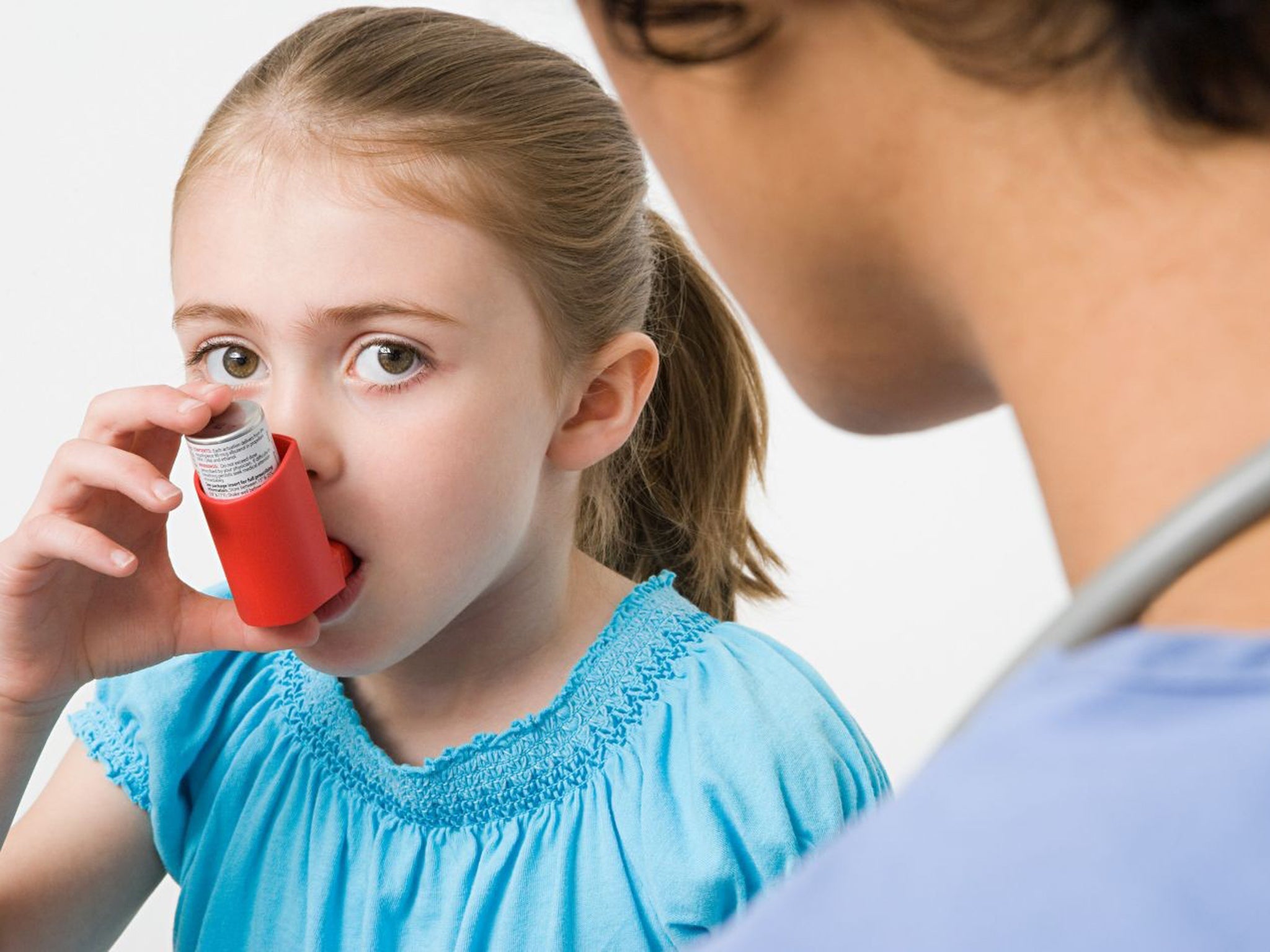Untrained GPs blamed for 2,000 child deaths
Incentive payments encourage GPs to closely monitor adult patients – but not children

Almost 2,000 British children a year die from “avoidable” causes because family doctors lack training in paediatric care, researchers warned yesterday.
Describing the situation as a “national scandal”, the researchers said the UK was at the bottom of a European league, with the highest number of excess child deaths among 15 member states of the European Union. The UK child mortality rate is more than 60 per cent higher than that of the best performer, Sweden, which sets the benchmark for excess deaths. In Sweden, fewer than 30 children in every 100,000 die, compared with more than 47 per 100,000 in the UK.
The researchers blamed Britain’s health system, saying it had not adapted to meet children’s needs. The UK has one of the highest child death rates from pneumonia, twice as high as Sweden’s and three times those of France and Austria, even though the condition can be treated with antibiotics. In place of infectious diseases that were dominant a generation ago, today’s children are more likely to face such chronic problems as asthma, diabetes or behavioural difficulties.
Ingrid Wolfe, programme director for the Evelina London Children’s Hospital at Guy’s and St Thomas’s NHS Foundation Trust, who led the study, said: “Five more children a day die in Britain compared with Sweden. I think that is a national scandal and we don’t make enough of it.
“Two thousand families lose a child each year – arguably avoidably.” The study is part of a series on the state of health in Europe, published in the medical journal The Lancet.
It charts the widening gap in life expectancy between Eastern and Western Europe, which is greater now than it was 40 years ago, and the impact of the current financial crisis seen in rising suicide rates and mental health problems in affected countries.
Death rates among children have been cut dramatically throughout Europe over the past three decades as a result of better housing and nutrition, improved healthcare and stronger public-health measures such as smoking bans. But Dr Wolfe said health services were not keeping pace with changes in children’s health needs. “Arguably, we should not be allowing children to die from pneumonia in countries with high-functioning health systems,” she said.
On asthma, the UK has the highest death rate and the highest prevalence of the condition out of eight European countries. Sweden has the lowest death rate and average prevalence.
“This is a preventable cause of death,” Dr Wolfe said. “If anything, [asthma] being commoner in the UK means we should be better at preventing deaths from it.”
Most illnesses among children is minor and the biggest challenge for doctors is to distinguish potentially serious cases from trivial ones. That depends on the skill of the “gatekeepers to care” – or the UK’s general practitioners.
Dr Wolfe said British GPs lacked training in paediatrics and did not work as closely with child specialists as their colleagues in Sweden do.
Common complaints: child illnesses that can kill
Pneumonia is the most common serious childhood bacterial infection. Symptoms include difficulty breathing, rapid heart beat and fever. It can be difficult to diagnose because the symptoms are similar to those of the common cold, bronchitis and asthma. In severe cases it needs treatment in hospital with antibiotics and oxygen to help breathing.
Asthma affects over a million children in the UK but its incidence varies widely among countries. Symptoms include wheezing, coughing, chest tightness and shortness of breath. Usually the condition can be managed at home but an asthma attack may be life threatening. Research shows two-thirds of hospital admissions for asthma can be avoided.
Join our commenting forum
Join thought-provoking conversations, follow other Independent readers and see their replies
Comments
Bookmark popover
Removed from bookmarks